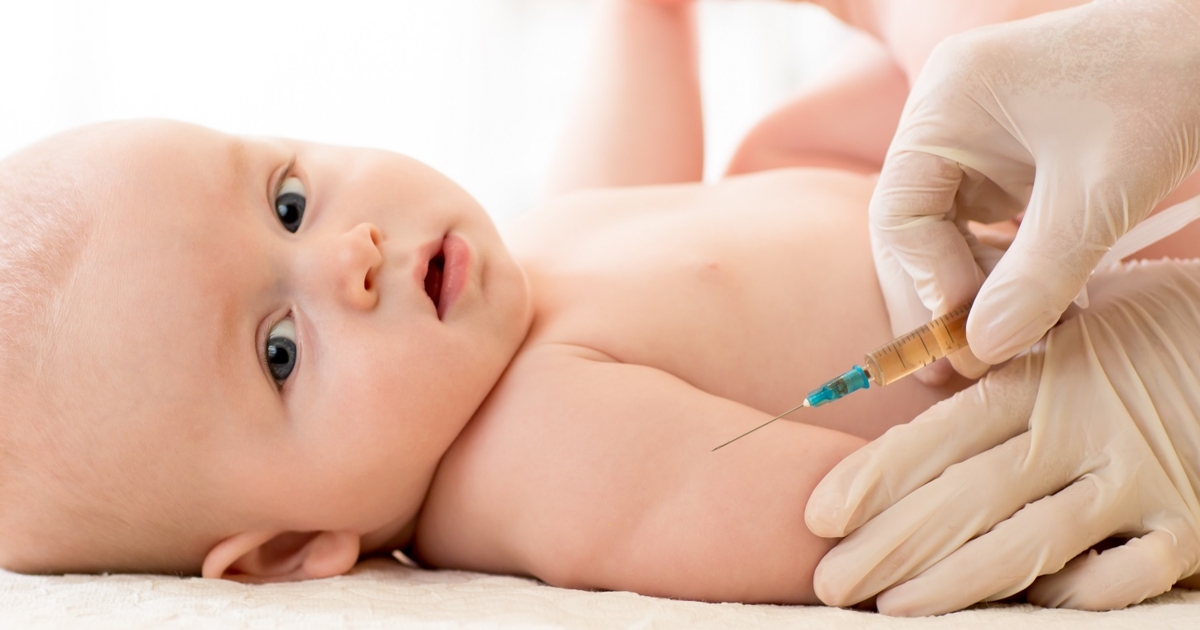You may also like…
Newborn management is crucial to the survival of your baby.
Newborn management is the most important interference that successfully shifts the baby from inside the womb to the outside environment. It is the most “vital” step during the first “golden minute” of a newborn’s life.
What happens before the baby is delivered?
The doctor and her team makes sure that all the important equipment is nearby and continues to counsel you throughout the procedure. At this point the doctor must have your full history and all the dos and donts that you went through in the prenatal care period.
There are a few risk factors of the baby and the mother that predispose the mother to certain dangers and these must be addressed to the doctor prior to delivery.
- Delivery before age 20 and after 35.
- Pre-existing diabetes mellitus, hypertension, substance use disorder.
- Any history of stillbirth, fetal loss or early neonatal death.
- Prematurity (prematurity is defined as babies born alive before 37 weeks of pregnancy are completed).
- Gestational age less than 37 weeks.
- Post maturity or gestational age more than 42 weeks.
- Congenital anomalies such as Gastroschisis, Omphalocele, intrauterine growth restriction,
- Pregnancy complications like infections during pregnancy.
What happens in the first 30 seconds of the baby being delivered?
In the first 30 seconds, the baby’s time of birth is noted. The baby is then dried with towels and it must be remembered that the newborn should be kept at a temperature of 26 degree Celsius through the use of warm blankets or a radiant warmer bed. If the baby does not start breathing immediately after birth, the nose and mouth are cleared of any secretions, using a bulb syringe or a suction catheter.
Most babies are stimulated by now, but if they don’t:
- Slap or flick the soles of the feet
- Rub the babies’ back
After this the baby should be checked for three things:
- Is the baby greater than 35 weeks?
- Does the baby have good muscle reflexes?
- Is the baby breathing or crying?
If the answer is yes to all of these! There is no need to worry. If any of the above answers are no and you are not in the care of a specialized gynecologist, immediately call for help and ask the midwife to check baby’s respiratory strength, color and heartrate
The baby should by now be breathing properly and have a heart rate over 100 beats per minute.
Within 15 minutes after birth, the baby’s oxygen saturation should be around 85% to 95%.
What is newborn screening?
When your baby is around 1 to 2 days old he or she undergoes some special tests called newborn screening. This checks the baby for serious but rare and probably treatable diseases that the baby has since birth. It includes birth, hearing and heart screening.
Blood tests: a few drops of blood are obtained through a prick on the baby’s heel and this is sent to a lab for analysis.
(This test rules out conditions such as amino acid metabolism disorders, biotinidase deficiency, congenital adrenal hyperplasia, congenital hypothyroidism, cystic fibrosis, fatty acid metabolism disorders, galactosemia, glucose-6-phosphate dehydrogenase deficiency, human immunodeficiency disease, organic acid metabolism disorders, phenylketonuria, sickle cell disease, hemoglobin disorders, toxoplasmosis)
Hearing tests: by placing a tiny earpiece or microphone in the infant’s ear, a healthcare provider will perform the test.
Congenital cardiac health diseases: some healthcare personnel place a small sensor on the baby’s skin and attaches it to a machine that displays the baby’s oxygen saturation on handheld devices.




